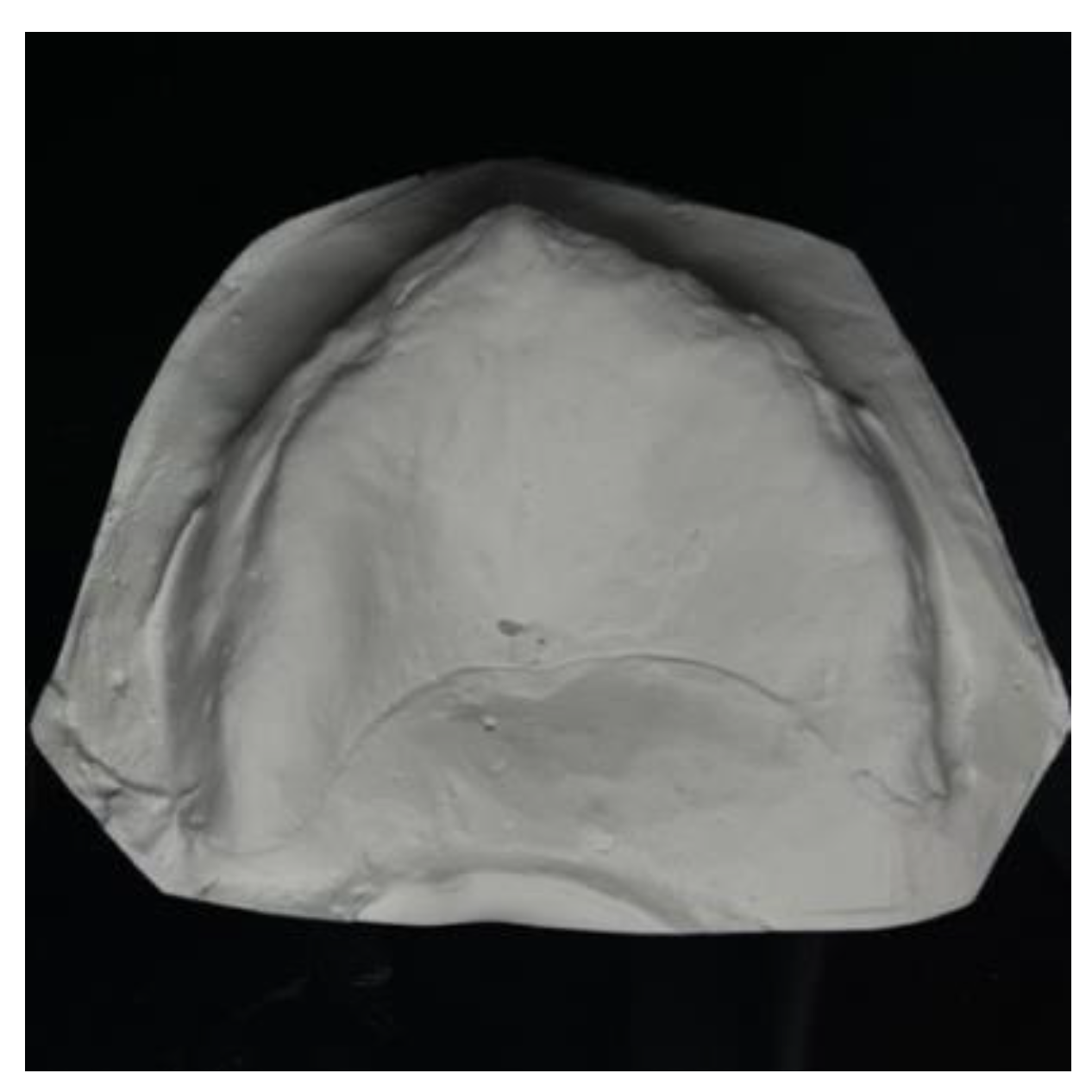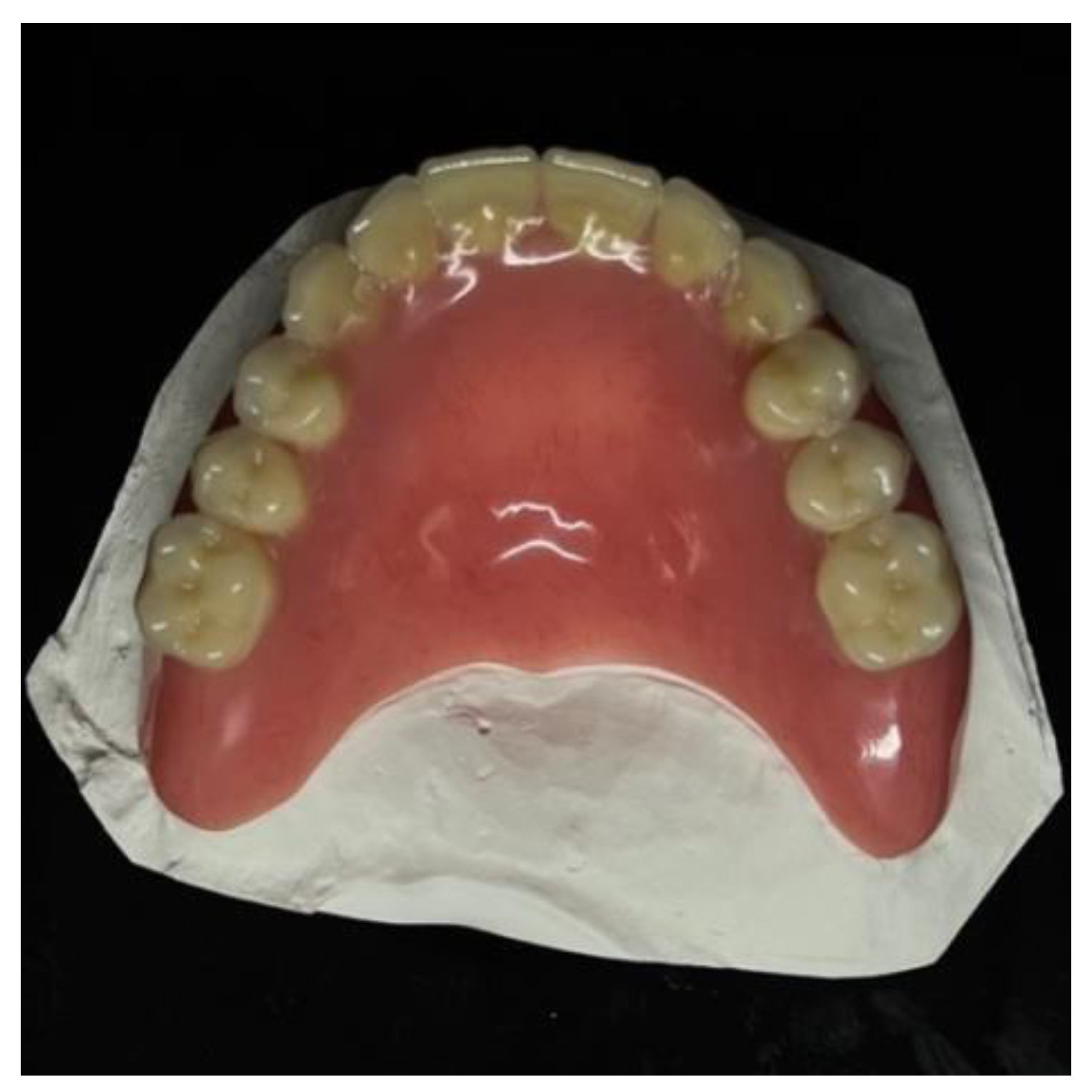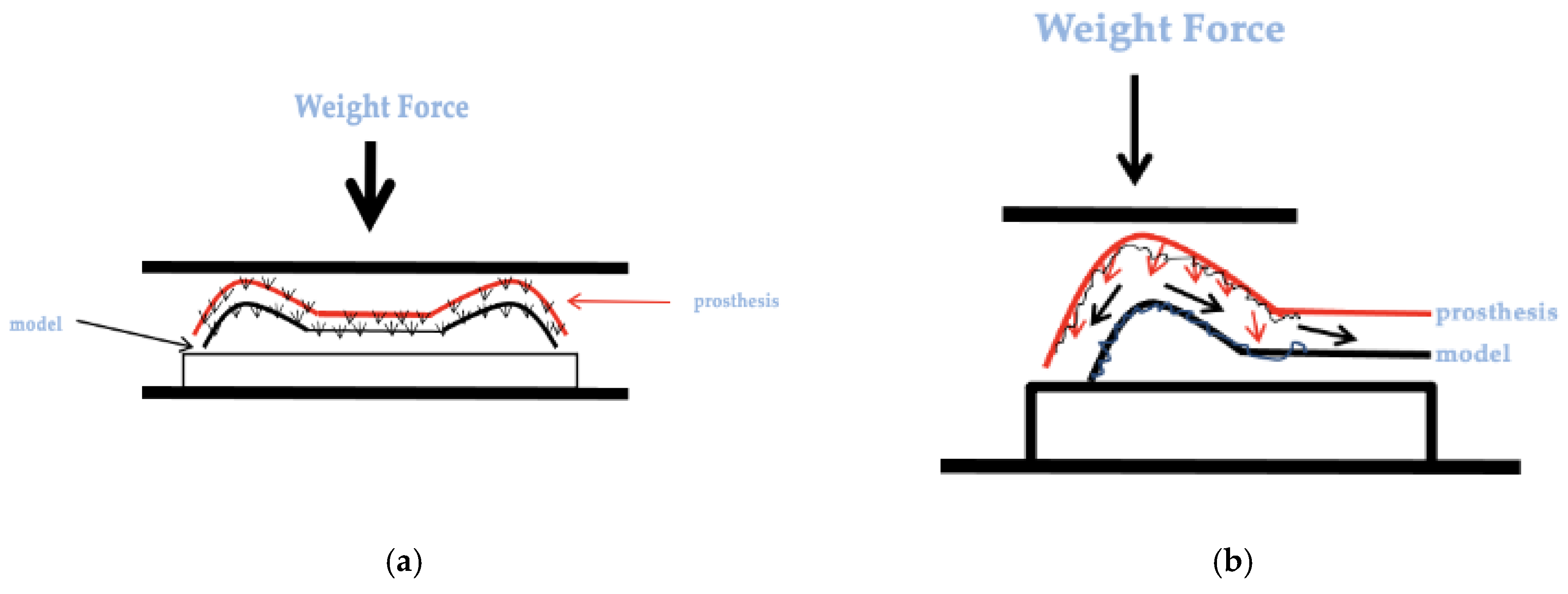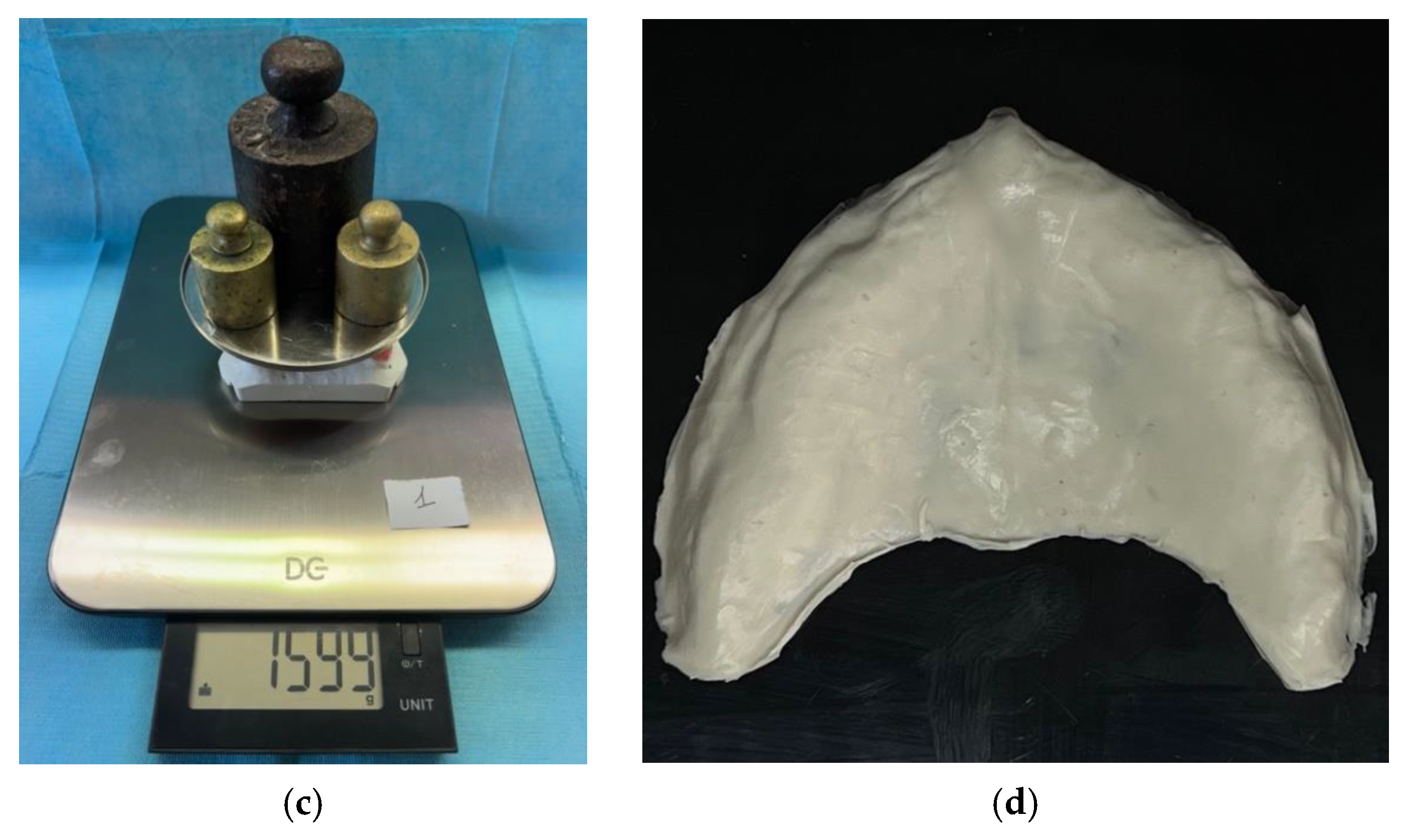Dentistry today has new tools that allow us to easily obtain all the information necessary to diagnose, study, plan, and carry out even more complex therapies in the simplest and least invasive way possible. The continuous progress made with the introduction of digital CAD/CAM technologies has represented a significant turning point in the profession in terms of precision, time, and waste reduction, all to the benefit of the result and comfort of the patient. A careful examination of the literature shows the effectiveness of CAD/CAM technology in the creation of total removable prostheses compared to conventional ones, especially in terms of time and resources. Willians A. et al. in a recent review of the literature highlighted that the introduction of a digital workflow reduces the visits required until the delivery of the complete prosthesis by at least one appointment compared to the conventional workflow and in any case depends on the experience of the doctor. Furthermore, it could provide rapid and reliable treatments for frail elderly patients who may suffer from motor dysfunction and cognitive deterioration, especially when duplicate prostheses are produced [
16].
However, all new technologies require continuous modifications aimed at improving processing. Tian Y et al., in a 2021 review, provided a practical and scientific overview of 3D printing technologies and also introduced some factors that can influence 3D printing, such as process parameters, material composition, postprocessing, and aging [
18,
19]. Also, Jeong M. et al. in a review highlighted the main categories of 3D printing materials such as polymers, metals, and ceramics, highlighting that although there are some limitations in terms of the precision and quality of printing, 3D printing technology is able to offer a wide variety of potential applications in different fields of dentistry, including dental prosthetics, implantology, oral and maxillofacial dentistry, orthodontics, endodontics, and periodontology [
20]. Zahel A. et al. in a recent 2024 study compared the manufacturing accuracy, fracture resistance, and repairability of complete dentures constructed with conventional and digital methods, reporting that digitally produced complete dentures differ significantly from conventionally produced complete dentures in terms of greater accuracy in terms of digital production, fracture resistance, and greater repairability in conventional dentures, although they highlight that the data depend more on the shape of the dentition [
21]. The retention and complete fit of the denture are strongly influenced by many factors such as the method of fabrication, the extension of the denture, the shape and compressibility of the supporting tissues, the thickness of the denture base, and the material from which the denture is constructed. Digital superimposition of the scanned denture fitting surface with scanned oral tissues or a cast is a recently introduced approach to evaluate and compare the fit of constructed dentures; therefore, the method of fabrication of the denture is important because it directly affects its retention and clinical performance [
22,
23]. A recent systematic review examined the mechanical properties and accuracy of removable partial denture frameworks fabricated using digital and conventional techniques, reporting that in vitro studies demonstrated that the digital technique provided similar accuracy to the conventional technique within a clinically acceptable range. The manufacturing technique influenced the mechanical properties of the removable partial denture components [
24]. Our work did not evaluate the mechanical aspect of fracture resistance but rather the accuracy of the details imprinted in the silicone. Our results highlighted that there are no statistically significant differences in the adaptability of the prosthetic plates made with the three methods, in contrast to what has been reported by other works [
25,
26]. However, we observed greater variability in scores assigned by dentists for the traditional method, suggesting greater difficulty in assessing adaptation with this method. The results obtained with the ANOVA highlight that the
p-value 0.735 is >0.05; therefore, the null hypothesis cannot be rejected. This demonstrates that there are no statistically significant differences in the observed groups and that the means of the different areas are similar to each other. The high variance (SSW 32.48) makes us understand that the variability in the data is due to differences within the individual groups rather than between the groups, i.e., due to the individual assessment of the dentist. This could also depend on several variants such as the software used for viewing the images, eye strain [
27], subjective evaluation of the image, image lighting, and image quality.
Fleiss’s Kappa value of 0.186 indicates poor agreement between dentists’ assessments. This value could be due to several factors, including unclear or uniformly understood assessment criteria; the subjectivity of the assessment; some dentists may have less experience in assessing this type of specimen, leading to less accurate assessments; the conditions under which the assessments were performed could influence the results, such as fatigue and distraction; and computer performance. It is clear that the sample size and the small differences between group means significantly influenced the power of the study. Even today, despite new software such as Photoshop, the belief is widely held that the photographic image constitutes a faithful and objective document certifying the actual existence of the reality it reproduces, validating that it is a faithful optical cast of a physical object; in our case, these are the photos of the silicones and the plaster model sent to dentists. Certainly, the digital workflow is not as long than the conventional method, although from a clinical and adjustment point of view, there are no differences between conventional and digital chairside workflows [
28,
29,
30,
31]. There are few works in the literature that describe the accuracy of different plates constructed with methods other than the model, and many of those evaluated the workflow and fracture resistance. Goodacre BJ et al. in a narrative review highlighted that the printing orientation influences the precision, strength, surface roughness, and adhesion of C. albicans, which is not found with conventional or milled denture materials [
32]. Our work highlights a particular aspect of adaptability and accuracy: even if it is of a perceptive and visual nature, it expresses a judgment that does not differ from reality. The data obtained, however, as reported in the graph, highlight that although the three silicones report different variance and deviance values in the areas observed, the silicone obtained from the plate made with the additive method presents better performance in the two areas tested. This could be due to the greater precision of the printing in reproducing complex surfaces such as those of the plaster model. The three silicone impressions obtained could also have been influenced by the type of sliding of the vinyl polyether on the surface of the different resin material and on the plaster model; this also gives us important data for a possible rebasing on which silicone viscosity to use with different resins. In our in vitro experimentation, to minimize the forces opposing the sliding and standardize the tests, the weight for all three resins was applied in a constant and static way for 5 min without applying any additional force. Furthermore, to reduce the thermal effect on the silicone and standardize any friction on the plaster model, the temperature of the resins and the model was uniformed by immersion in water at room temperature and subsequent total drying for the resins, while the plaster model was dried by dabbing with absorbent paper so that it was saturated. The small weight variation of 0.3/0.4 g between the different tests is due to the arrangement of the weights. Some limiting mathematical aspects of our work mainly concern the calculation of the forces acting on the different materials and the numerical evaluation of the friction force; in fact, if the surfaces of the two bodies were flat, the forces acting on the silicone between the two bodies would have known directions, excluding any friction forces (
Figure 10). In our case, the surfaces present different inclinations and curvatures; therefore, a function study would be needed where we could ideally identify the union of forces acting in inclined planes in addition to the different friction due to the set of directions defined in the different surfaces (
Figure 11), and the calculation would be very complex [
33,
34].






















